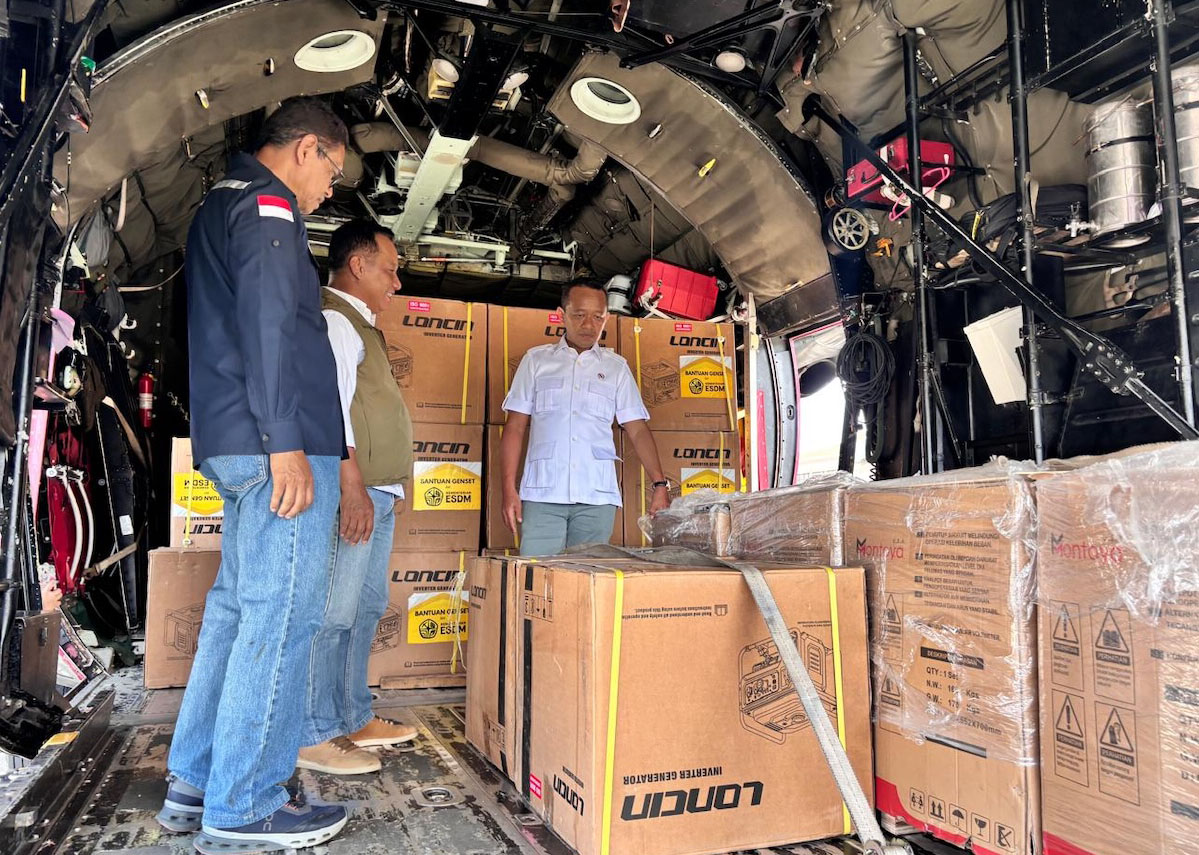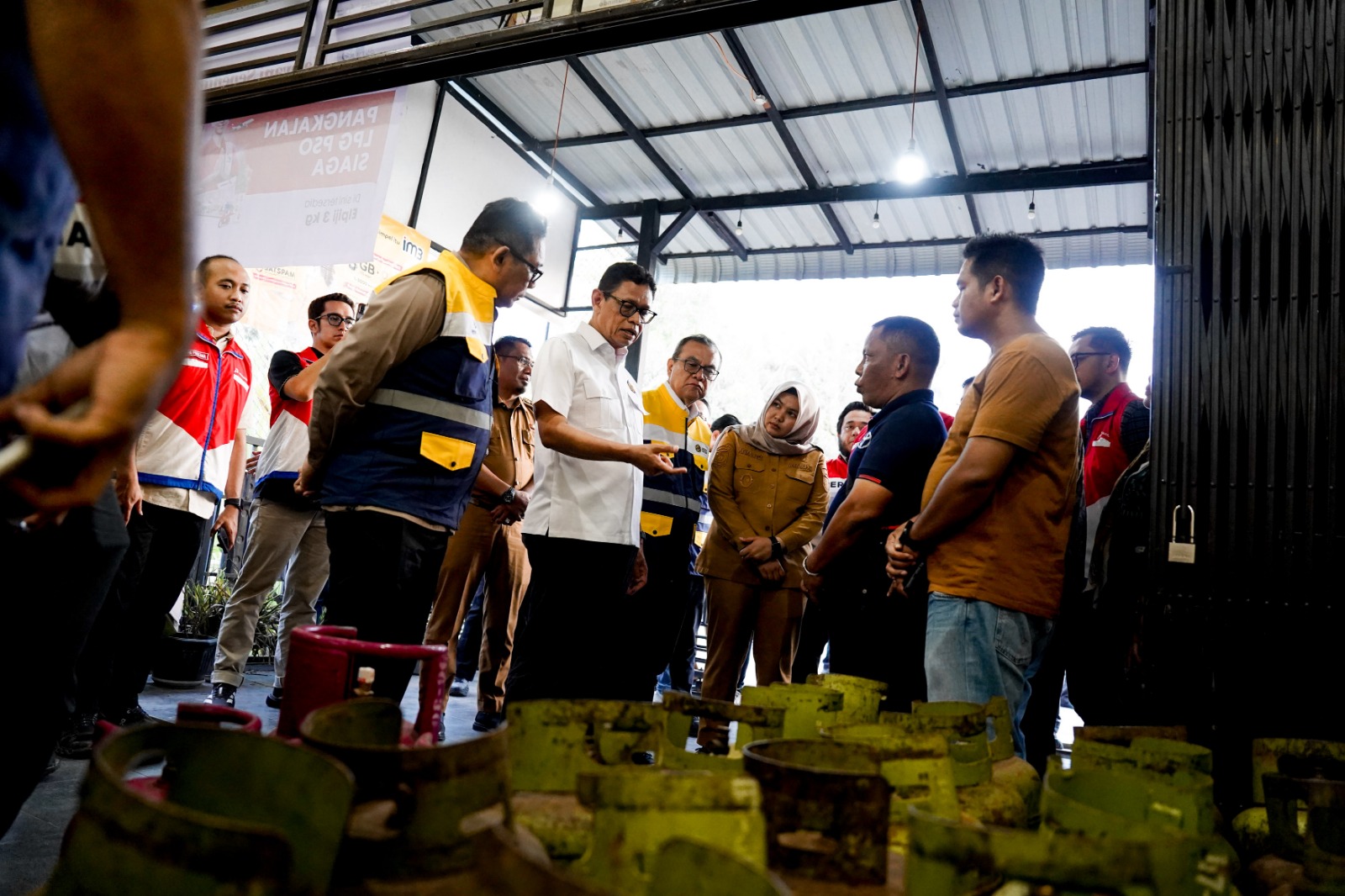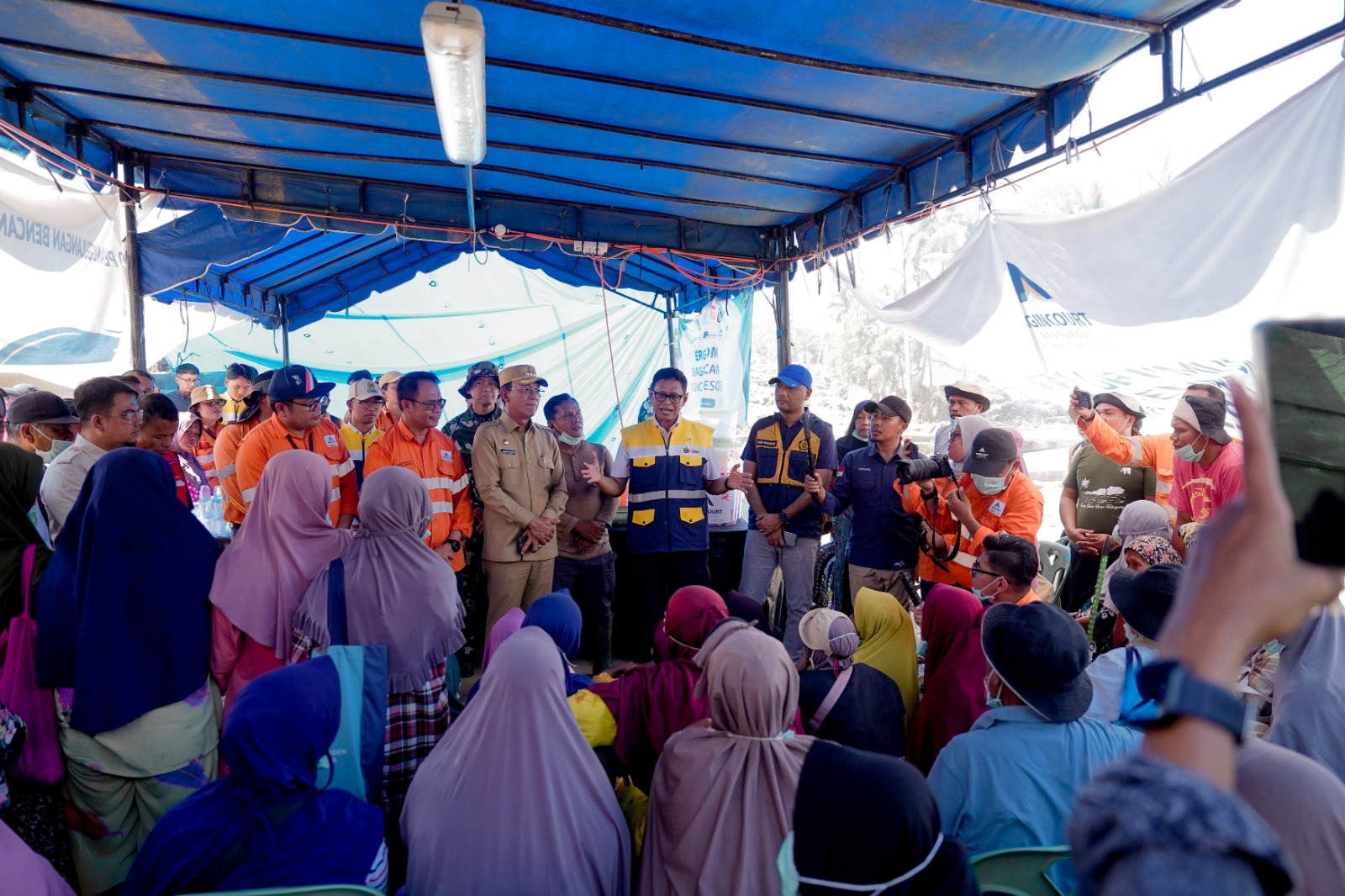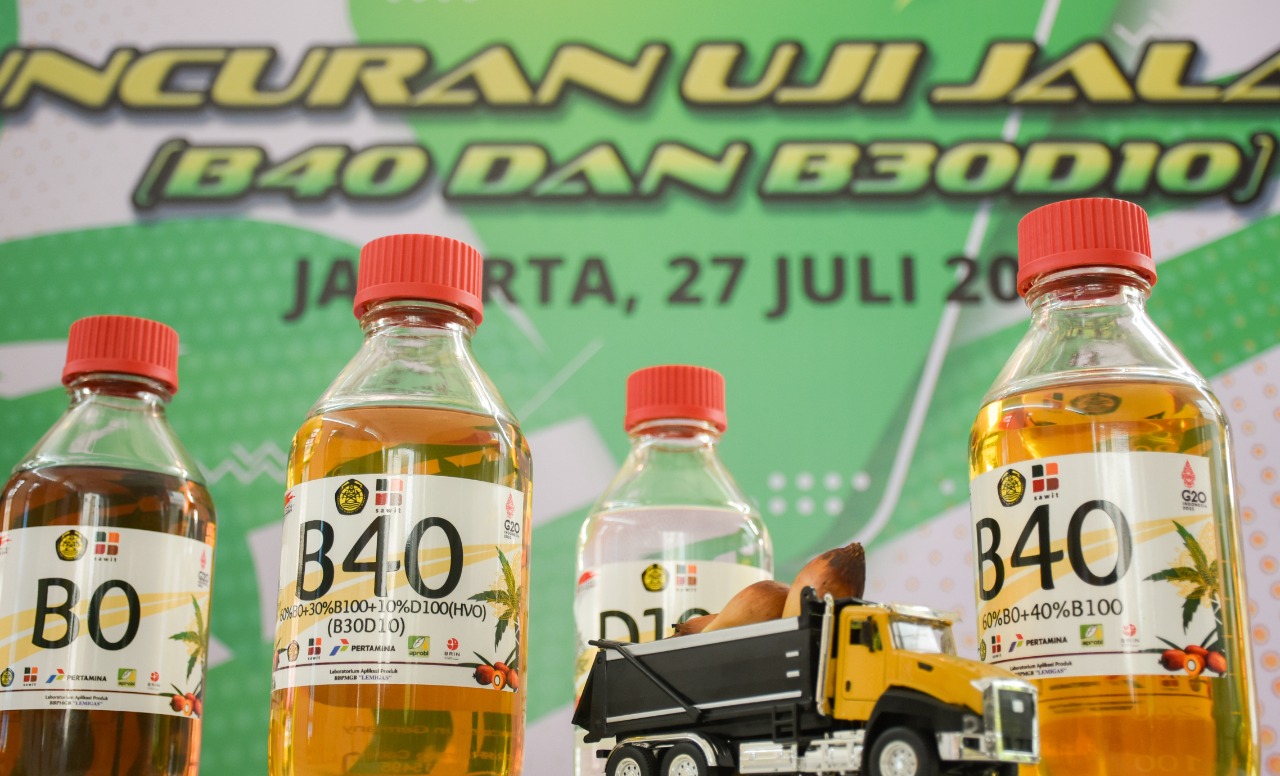
Coal R&D Center Develops Coal-Based Battery Anodes
MINISTRY OF ENERGY AND MINERAL RESOURCES
PRESS RELEASE
NUMBER: 012.Pers/04/SJI/2021
Date: 11 January 2021
Coal R&D Center Develops Coal-Based Battery Anodes
Center for Mineral and Coal Technologies Research and Development (Puslitbang Tekmira) of Ministry of Energy and Mineral Resources (EMR) has initiated research on coal-based battery anodes. Coal is converted into raw material for coal pitch which has high economic value.
The research carried out by the Research and Development Group (KP3) for Coal Processing and Utilization Technologies has been aimed at supporting the downstream processing of coal into raw material for precious synthetic graphite. The research is focused on how to manufacture carbon precursors from coal tar distillation residues.
Coordinator of Coal Processing and Utilization Technologies KP3, Slamet Handoko, explained that graphite is the main raw material for battery anodes. These batteries are commonly used in electronic equipment such as cell phone, laptops, and electric vehicles. The material has high performance, can be recharged quickly, and has a long lifetime.
Currently, about 83 percent of the world's natural graphite supplies come from China and Brazil. However, not all natural graphite can be used as battery anodes because of purity and crystal size quality reasons. Synthetic graphite has homogeneous purity and crystal size. Unfortunately, the process to manufacture synthetic graphite convensionally from crude oil is costly, which can reach by ten times higher than the cost needed to process natural graphite. Although the price of synthetic graphite soars, the proportion in the use of synthetic graphite as battery anodes has never declined. To cut production cost, synthetic graphite is usually mixed with processed natural graphite (spherical graphite).
"As of 2014, the proportion of synthetic graphite had reached 33-40 percent, and it has been predicted to be on the increase as demands for electric vehicle batteries are skyrocketing", continued Slamet.
Based on the data published by electric car producer Tesla, demand for natural graphite is predicted to increase by 154 percent annually. As a result, graphite will be the most wanted mineral in the future. Therefore, research on synthetic graphite must be done to anticipate an explosion in demand, especially since Indonesia does not have any mines economical to produce natural graphite.
Low-calorie coal is abundant in Indonesia, and it offers large potential as a carbon precursor in battery anode manufacture. In general, coal produces hydrocarbons and heat when burned with oxygen. However, if coal is heated without oxygen, hydrocarbon in the form of coal tar will be formed. Coal tar can then be processed into pitch. The process to make coal tar is called pyrolysis, while distillation is used to process tar into coal pitch. Researchers of Puslitbang Tekmira have done research on both processes and mastered them.
However, not all part of pitch can be processed into synthetic graphite. Modification and extraction by solvent is needed. Only about 30-40 percent of pitch can be extracted and made into carbon precursor which is vital in the production of synthetic graphite. The extraction product is often called mesophase pitch because it contains 100 percent carbon that can be converted into graphite.
Head of the Research Team, Phiciato, explained that the conventional production of synthetic graphite, either from crude oil or coal, must go through an extreme temperature of between 2,000?C--3,000?C. This is challenging in an industrial scale. With the aid of catalysts, the process temperature can be lowered to almost 1,000?C. Observation by X-Ray Diffraction shows that synthetic graphite can be formed at 1,200?C with the help of Ferrum (Fe)-based catalysts.
"Successful production is affected by two key aspects, namely effectiveness of mesophase production and selection of catalyst type. The research team is focusing on mesophase production, and then in the future we will develop suitable and economical catalysts", said Phiciato.
Phiciato further explained that, in principle, synthetic graphite can be synthesized from all kinds of carbon material such as biomass, soot, charcoal, and industrial waste, as long as the material has suitable catalyst media and a guarantee of supply. Compared to biomass, the fixed-carbon content of coal is 2-3 times higher than that of biomass. It is for this reason that coal and its derivatives have been choosen as carbon precursors. The higher the carbon content is, the more economical the graphitization process is. (IY)
Head of Bureau of Communication, Public Information Services, and Cooperation
Agung Pribadi (08112213555)
Share This!






